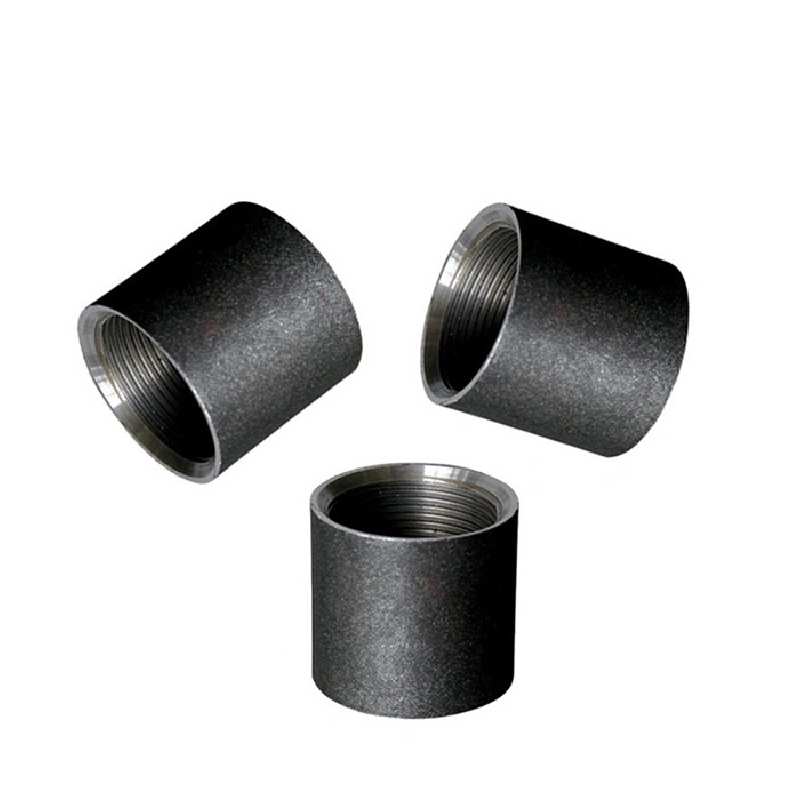-
Cangzhou Yulong Steel Co., Ltd.
-
Phone:
+86 13303177267 -
Email:
admin@ylsteelfittings.com
- English
- Arabic
- Italian
- Spanish
- Portuguese
- German
- kazakh
- Persian
- Greek
- French
- Russian
- Polish
- Thai
- Indonesian
- Vietnamese
- Zulu
- Korean
- Uzbek
- Hindi
- Serbian
- Malay
- Ukrainian
- Gujarati
- Haitian Creole
- hausa
- hawaiian
- Hebrew
- Miao
- Hungarian
- Icelandic
- igbo
- irish
- Japanese
- Javanese
- Kannada
- Khmer
- Rwandese
- Afrikaans
- Albanian
- Amharic
- Armenian
- Azerbaijani
- Basque
- Belarusian
- Bengali
- Bosnian
- Bulgarian
- Catalan
- Cebuano
- China
- China (Taiwan)
- Corsican
- Croatian
- Czech
- Danish
- Esperanto
- Estonian
- Finnish
- Frisian
- Galician
- Georgian
- Kurdish
- Kyrgyz
- Lao
- Latin
- Latvian
- Lithuanian
- Luxembourgish
- Macedonian
- Malgashi
- Malayalam
- Maltese
- Maori
- Marathi
- Mongolian
- Myanmar
- Nepali
- Norwegian
- Norwegian
- Occitan
- Pashto
- Dutch
- Punjabi
- Romanian
- Samoan
- Scottish Gaelic
- Sesotho
- Shona
- Sindhi
- Sinhala
- Slovak
- Slovenian
- Somali
- Sundanese
- Swahili
- Swedish
- Tagalog
- Tajik
- Tamil
- Tatar
- Telugu
- Turkish
- Turkmen
- Urdu
- Uighur
- Welsh
- Bantu
- Yiddish
- Yoruba

Oct . 02, 2024 15:22 Back to list
ansi flange
Understanding ANSI Flanges A Comprehensive Overview
Flanges are critical components in piping systems, serving as connectors between various sections of pipe or between pipe and equipment. Among the various standards for flanges, the American National Standards Institute (ANSI) flanges stand out due to their widespread use in many industrial applications. This article explores the significance, types, and applications of ANSI flanges.
Understanding ANSI Flanges A Comprehensive Overview
One of the key features of ANSI flanges is their classification based on pressure ratings, often denoted in pounds (lbs). This includes categories such as 150 lbs, 300 lbs, 600 lbs, and up to 2500 lbs ratings. The rating informs engineers and technicians of the flange's ability to handle specific pressures, thus influencing material choices and installation procedures.
ansi flange

There are several types of ANSI flanges, each designed for particular applications. The most prominent types include flat-faced flanges, raised-faced flanges, and blind flanges. Flat-faced flanges are typically used in low-pressure applications, allowing for even pressure distribution on the sealing surface. Raised-faced flanges, with their elevated sealing surface, are used for higher pressure applications, providing a better sealing capacity. Blind flanges, on the other hand, are used to seal the ends of piping systems, preventing flow when necessary.
The materials commonly employed in the manufacture of ANSI flanges include carbon steel, stainless steel, and various alloys. The choice of material depends on several factors, including the chemical properties of the fluids being transported, operating temperatures, and environmental conditions. Stainless steel flanges, for instance, provide excellent corrosion resistance, making them suitable for industries such as chemical processing and oil and gas.
In conclusion, ANSI flanges are integral to the efficiency and safety of piping systems across various industries. Their standardized dimensions and ratings promote compatibility, facilitating installation and maintenance. Whether in manufacturing, water treatment, or energy sectors, understanding the types, ratings, and materials of ANSI flanges is essential for engineers and maintenance personnel to ensure optimal performance and longevity of piping systems. As industries evolve, the demand for reliable, high-performance flanges continues to grow, making ANSI flanges a vital component in modern engineering.
Latest news
-
ANSI 150P SS304 SO FLANGE
NewsFeb.14,2025
-
ASTM A333GR6 STEEL PIPE
NewsJan.20,2025
-
ANSI B16.5 WELDING NECK FLANGE
NewsJan.15,2026
-
ANSI B16.5 SLIP-ON FLANGE
NewsApr.19,2024
-
SABS 1123 FLANGE
NewsJan.15,2025
-
DIN86044 PLATE FLANGE
NewsApr.19,2024
-
DIN2527 BLIND FLANGE
NewsApr.12,2024
-
JIS B2311 Butt-Welding Fittings LR/SR 45°/90° /180°Seamless/Weld
NewsApr.23,2024











